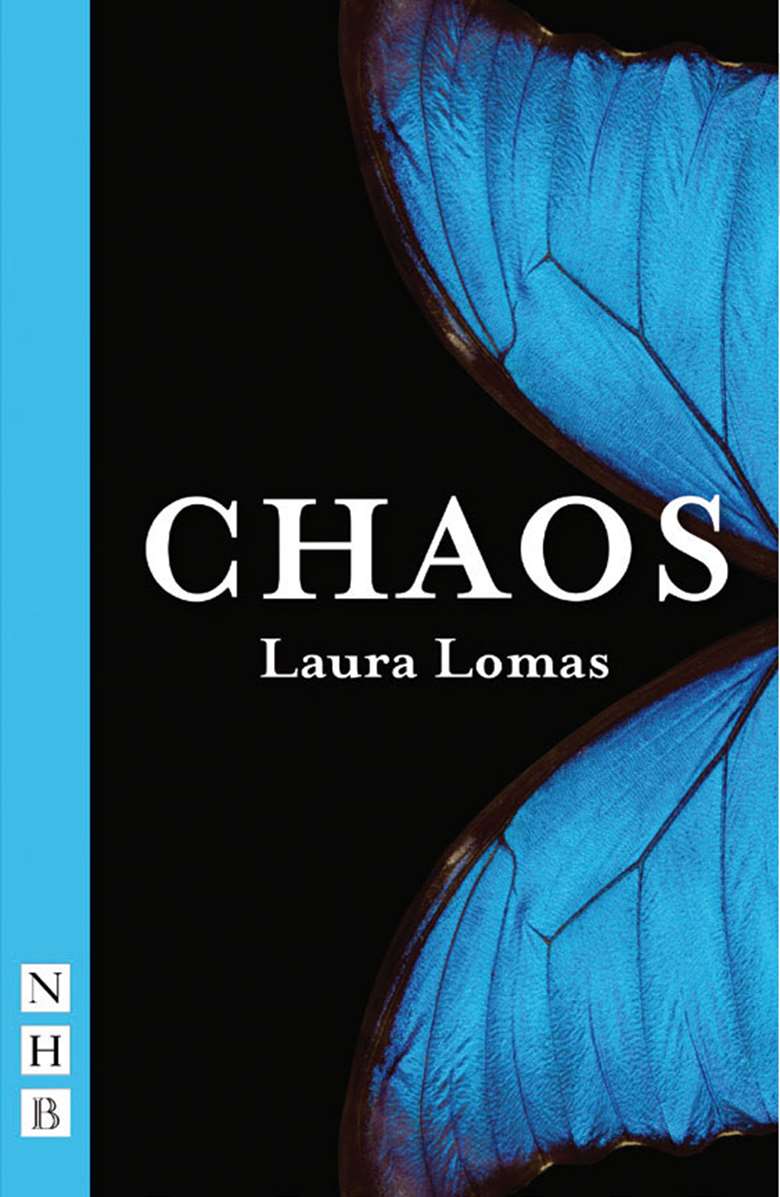Chaos by Laura Lomas
Alicia Pope
Monday, March 1, 2021
An exciting, relevant play offering plenty of flexibility in casting and performance, published by Nick Hern Books

Chaos is a play made up of scenes that are both separate and interconnected. The characters explore themes such as love, violence, the universe, physics, and friendship simultaneously.
The play is in three parts. Part One has 25 titled scenes, Part Two has nine scenes, which begin to overlap to create a feeling of chaos, and Part Three is just one untitled scene designed to offer the calm after the chaos. The scenes in parts one and two have one-word titles such as ‘train’, ‘betrayal’, ‘hope’, ‘depression’ and ‘late’. Some scenes have named, gendered characters while others are simply 1 and 2 or Boy and Girl. Some scenes are detailed monologues, while others contain only action, such as:
Kiss
Two people any gender.
They kiss.
and
Dance 2
A dance routine. Someone gets it wrong. Everyone looks at them. They don't care. They carry on.
I found this play very exciting on many levels. As a piece of theatre, it offers a fast-paced exploration of several themes. The scenes jump between a vast range of characters, at first seemingly unconnected, and then as the play goes on, entirely connected in a way that feels very satisfying to an audience.
From a teaching perspective, there is so much to work with. It is written for a flexible cast size, meaning that you could perform it with four or 20 students. There are lots of monologues and duologues in the play that can be used as stand-alone pieces for GCSE or A Level work, as well as plenty of scope for engaging younger students with the characters and themes tackled.
In addition to how you can work with the text, there is so much potential for off-text work to examine how a character got to their scene, what happened before, after, and, in the scenes without dialogue, what the characters are thinking and so on.
The play feels very relevant and it's telling that in the notes it states that ‘all characters are suggestions – names, genders and pronouns can be changed if necessary’ which allows a real freedom in casting and performance. The notes also state, ‘Maybe all the cast are onstage throughout. Maybe there's music. Maybe there's movement. Maybe it's chaotic’. It's a green light to use the fantastic script in any way you choose.
I highly recommend Chaos. I can't wait to start using it.

